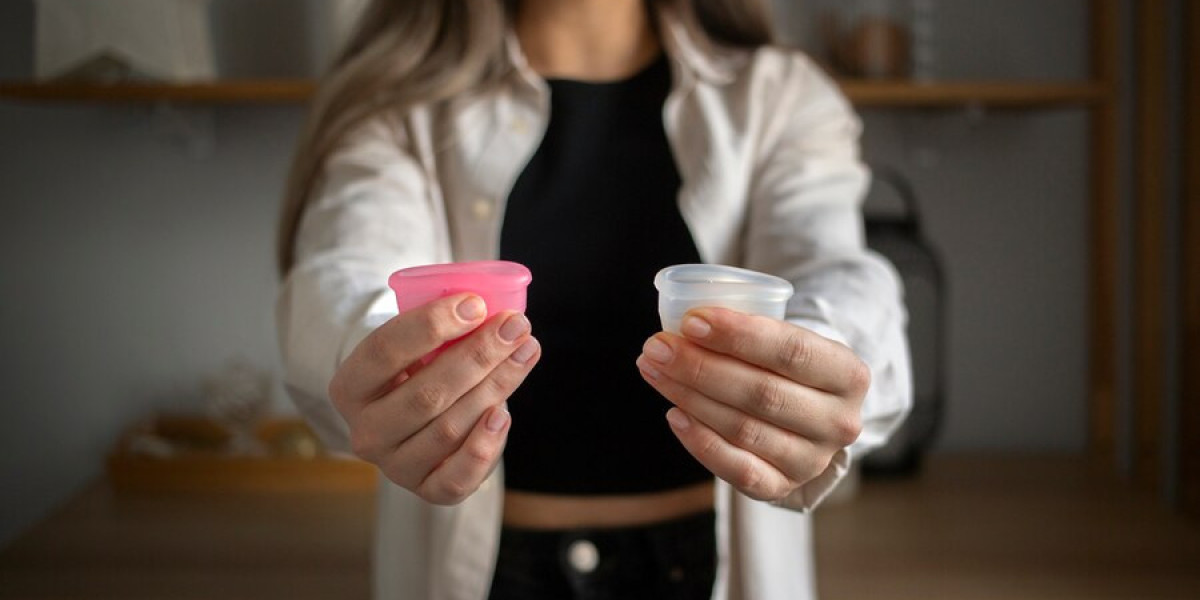Menstruation is a natural biological process that has been part of human life for centuries. However, the products we use to manage this monthly cycle have evolved significantly, with an increasing focus on health and sustainability. As awareness about the ingredients in menstrual products grows, many are seeking non-cytotoxic options that prioritize both personal health and environmental impact.
Understanding Menstrual Health
Before diving into the specifics of menstrual products, it’s essential to understand what constitutes menstrual health. Menstrual health is not merely the absence of disease; it encompasses the physical, mental, and social well-being of individuals during their menstrual cycle. Factors such as comfort, hygiene, and product safety play a crucial role in achieving optimal menstrual health.
The Menstrual Cycle Explained
The menstrual cycle typically lasts about 28 days, although it can range from 21 to 35 days. It involves several phases: the menstrual phase, follicular phase, ovulation, and luteal phase. Understanding these phases can help individuals recognize their bodies' signals and choose products that align with their needs.
Menstrual Phase is when bleeding occurs, typically lasting between 3 to 7 days and Follicular Phase is the stage, the body prepares for ovulation. Hormones like estrogen increase, thickening the uterine lining.
Ovulation phase is marked by the release of an egg, usually around the mid-point of the cycle and in Luteal Phase, after ovulation, the body prepares for a potential pregnancy. If fertilization does not occur, menstruation begins anew.
How the Rise of Non-Cytotoxic Menstrual Products plays a role?
As consumers become more health-conscious and environmentally aware, the demand for non-cytotoxic menstrual products has surged. Products, which are not Cytotoxic are free from harmful chemicals that can irritate or damage tissues. Understanding the ingredients in menstrual products is crucial for making informed choices.
The Dangers of Cytotoxic Materials
Dioxins, Byproducts of the bleaching process in conventional pads and tampons. Dioxins are known environmental pollutants and have been linked to various health issues, including hormonal disruptions and increased cancer risk.
Phthalates, Chemicals used to soften plastics that may disrupt endocrine function and lead to reproductive health issues. Fragrances often included to mask odors, synthetic fragrances can cause allergic reactions and disrupt hormonal balance.
Synthetic Materials, Many conventional pads and tampons are made from plastics and other synthetic materials that do not allow for breathability, potentially leading to irritation and infections.
Choosing Non-Cytotoxic Menstrual Products
Organic cotton products are free from synthetic pesticides and chemicals, making them a safer option for menstrual hygiene. Look for products certified by organizations such as the Global Organic Textile Standard (GOTS).
Menstrual cups are made from medical-grade silicone or rubber and are designed to collect, rather than absorb, menstrual fluid. They can be reused for several years, making them an eco-friendly choice.
What is the connection between Non-toxic sanitary pads and Non-Cytotoxic Menstrual Products?
Non-toxic Sanitary Pads are made without harmful chemicals, synthetic materials, or toxic substances that can irritate the skin or disrupt hormonal balance. They prioritize using organic, biodegradable, and natural materials to minimize health risks.
Menstrual products are designed not to cause cell damage or toxicity. This is particularly important in products that come into direct contact with sensitive areas of the body. Non-toxic sanitary pads items are made from materials that are safe for long-term use and do not release harmful substances.
Health Risks Associated with Cytotoxic Products
Toxic Shock Syndrome (TSS), a rare but severe condition associated with tampon use, linked to the growth of certain bacteria.
Many individuals experience irritation or allergic reactions to chemicals or synthetic materials in traditional menstrual products.
Long-term exposure to endocrine-disrupting chemicals may impact reproductive health and hormone levels.
How making the Transition and Making the Switch plays role?
If you’re accustomed to traditional products, start by trying one new non-cytotoxic option at a time. This approach allows you to find what works best for your body.
Research different brands and their ingredients. Look for transparency in product labeling, and don’t hesitate to reach out to manufacturers with questions.
Look for brands that prioritize transparency in their ingredients and manufacturing processes.
If you're hesitant about switching entirely, try incorporating one product which is not cytotoxic into your routine at a time and Listen to Your Body by paying attention to how your body reacts to new products.
Environmental Impact, Empowerment and Awareness
Many products which is not cytotoxic are reusable, significantly decreasing waste. For instance, menstrual cups and cloth pads can last for years, reducing the number of disposable products that end up in landfills.
Choosing products, which is not cytotoxic can foster a greater understanding of menstrual health. Being informed about what you put in your body is crucial for overall wellness.
Conclusion
The shift towards non-cytotoxic menstrual products is not just a trend; it’s a vital step towards better health and sustainability. By choosing products that prioritize safety and environmental responsibility, individuals can unlock a healthier cycle. Education and awareness are crucial in making informed choices, ensuring that everyone can find the menstrual products that best suit their needs.







